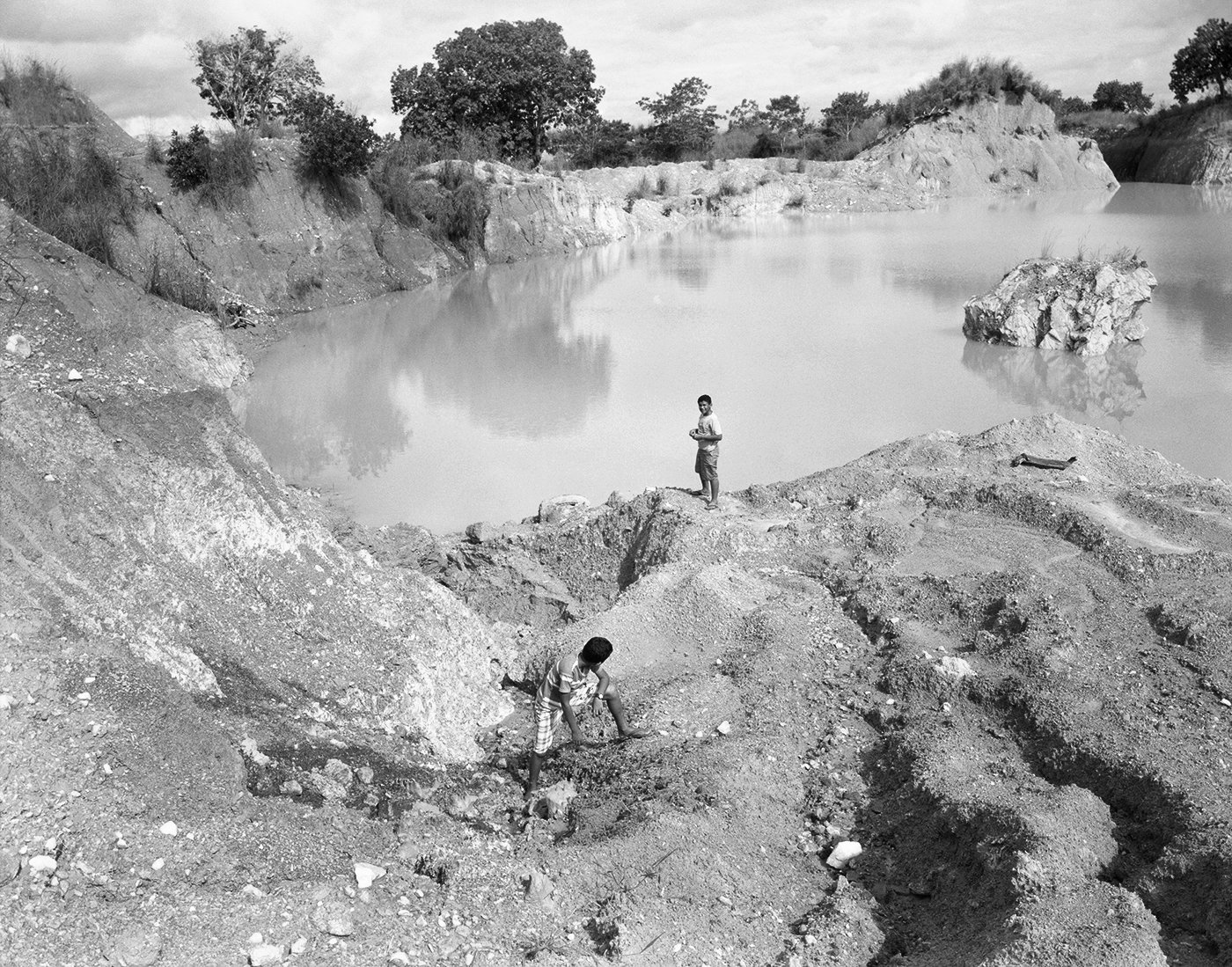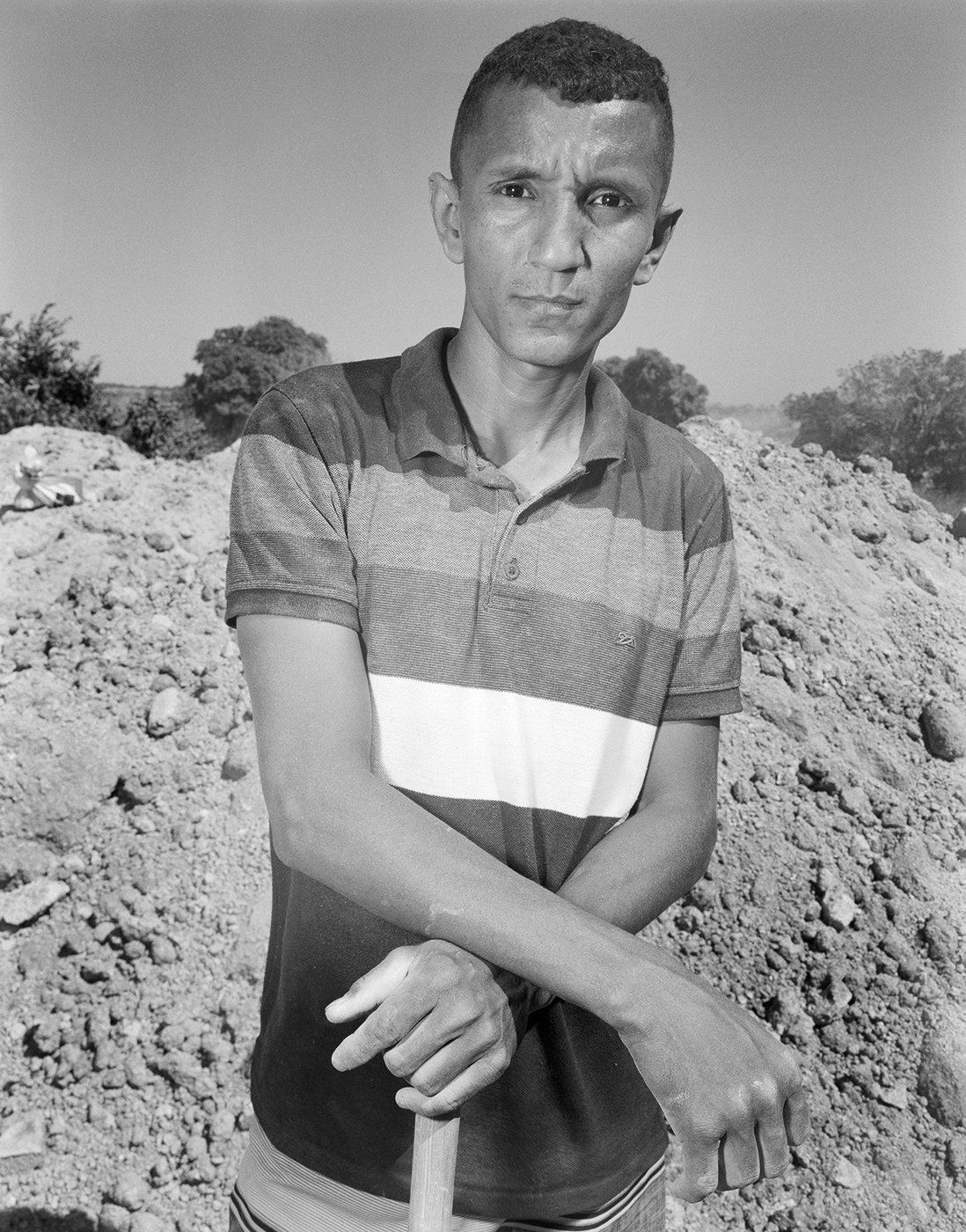




-
These photographs describe a crystal-mining town in Brazil called Cristalândia, not as a map, but as a place – an accumulation of bonds with land and people. These bonds connect us more deeply to each other than labels of race, creed and nation. They describe belonging, even if just momentarily.
I started going to Cristalândia 16 years ago because I had no reason to go. I’m a Brazilian who has never lived in Brazil, neither a foreigner nor a native, and I needed to understand why I felt Brazilian in the US but American in Brazil. I needed to know if I belonged there. In Cristalândia, I knew no one and could start my relationships from scratch. The bulky, collaborative nature of the view camera forced me to slow down, to look carefully, to ask questions and to invite people to work with me in making a picture.
To meet people in Cristalândia is to engage with the gray area between foreigner and native. They are a chance for me to practice meeting a stranger, to practice being vulnerable to new ideas, to practice overcoming our differences through curiosity for each other. In a xenophobic world blinded by the lens of Us vs Them, this practice seems urgent to me, if we are ever to see beyond demographics and into the human inside each of us.
Cristalândia is a mining town whose mining no longer sustains it. Shared human experience, not economic opportunity, holds the town together. Only in a rural, tropical community is the climate warm enough to blur the line between inside and outside; between private and public; between the end of life and the beginning. In this place, our humanness is outwardly visible where the camera can see it. This is especially pertinent in a mining town whose daily business is to commune with the soil, reminding us that we have never really left the earth. In this place, we belong.
-
4x5 & 8x10 negatives; 20x24 & 30x40 silver gelatin prints.
